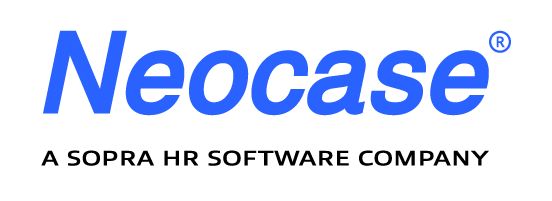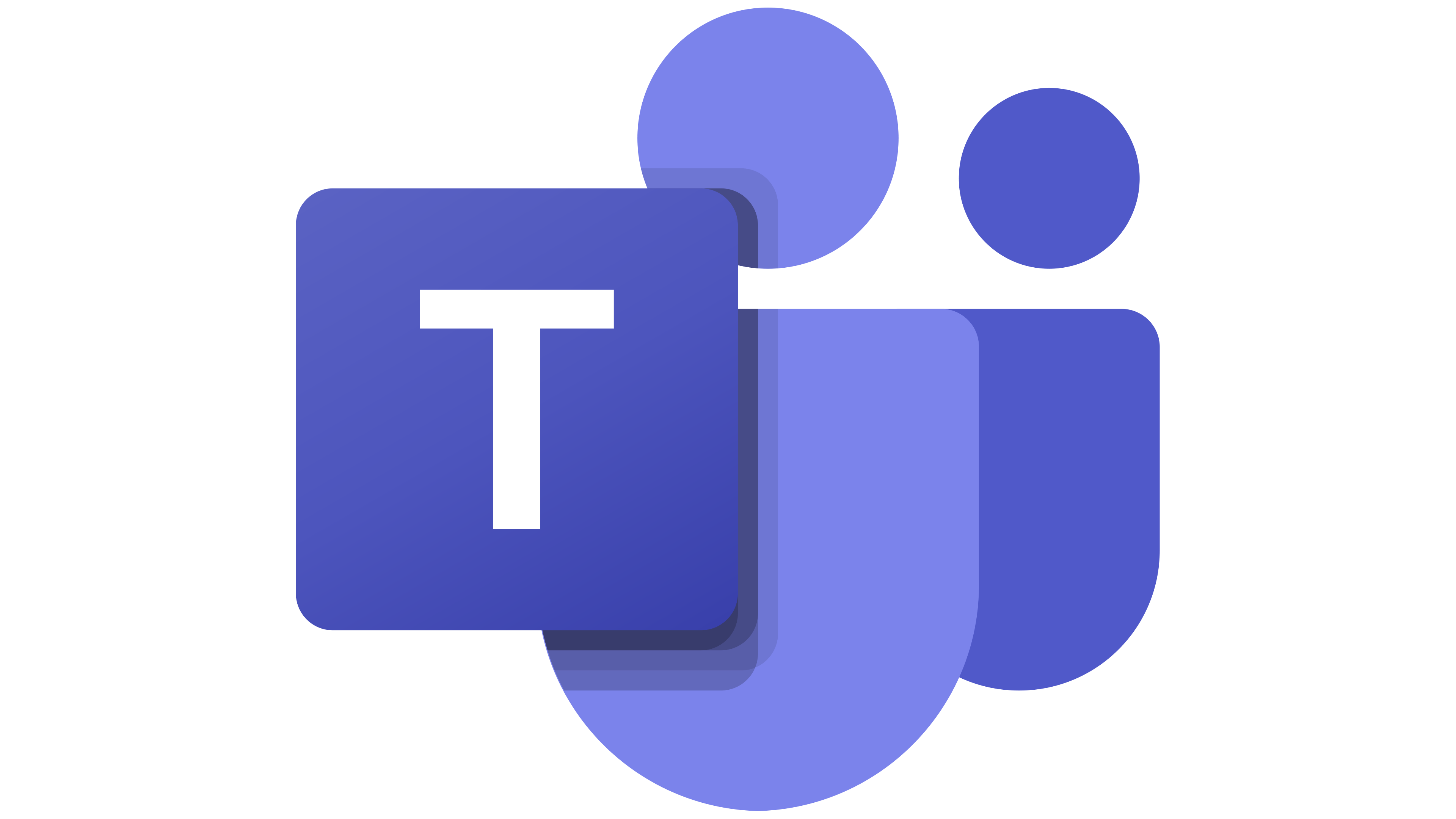In 1624, English poet John Donne wrote “No man is an island.” If Donne wrote that today, it might be “No person is an Island.” But that’s not the point.
The point is that when a person reaches out and collaborates with other people, the collective group accomplishes more than its people could alone. Similarly, when one software applications can “collaborate,” with another, its capabilities increase.
So, how does one get software applications to “go beyond themselves and collaborate?”
A common method is to use something called an Application-Programming Interface, or “API.” Software companies often build API’s that allow other companies’ applications to communicate with its application.
Think of an API as a messenger that takes a request from System A and passes that request to System B. System B fulfills the request, and the response is delivered back to System A.
A Food Metaphor to Whet your API Appetite
Imagine you’re sitting at a table in a restaurant on the coast of Maine. You’re reading the menu, and your heart skips a beat when you come upon the Lobster Grilled Cheese.
The restaurant’s kitchen is a software application that prepares dinner entrees.
Your waiter is the kitchen’s API.
You are a software application that consumes sumptuous entrees.
You’ve decided that you’d like to consume a Lobster Grilled Cheese.
You (System A) give your order to the waiter (API), and the waiter communicates it to the kitchen (System B).
The Kitchen prepares a Lobster Grilled Cheese entrée.
The Waiter then transports the entrée back to the you.
You enjoy the entrée, and feel more complete than if you stayed home and had a peanut butter sandwich.
Now that you understand API's is in the abstract, let’s take it a little closer to home.
An API for OnBoarding
Acme, Inc. uses a Recruiting application to find and hire employees. Acme is also using a Case Management system to orchestrate the OnBoarding Process for new hires.
Pre-API days, when a new hire accepted a position, someone in the HR Service Center had to manually create an OnBoarding case, and populate it with information about the new employee, and the position.
API's, Automation and Efficiency
With an API present in the Case Management system, the Recruiting application “speaks to” the Case Management system’s API to request the creation of a new OnBoarding case. The request also includes the contact and job information for the new hire.
The Case Management system receives the request from the API, and creates the case, populating it with the new hire’s contact and job information. Then the Case Management system’s workflow continues the automation.
What Some Companies are doing with API’s in the Service Center
Organizations are finding innovative ways to use their vendor-provided API’s. As a result, they improve efficiency, productivity and the customer experience. For example, a global business services firm is using the a Neocase API to enable an external ChatBot to submit a request to Neocase.
Upon receiving the request, Neocase triggers a personalized Knowledge base search, and sends the results back to the ChatBot. In other situations, the ChatBot may request the creation of a new case.
A large pharmaceutical firm is using the API to create a case in Neocase from an event that occurs in Workday. Automatic case creation frees up HR to focus on the kinds of tasks that technology is not yet capable of doing. And that's good for productivity.
In Summary
With more organizations demanding End-to-End Process Automation, API’s play a critical role in making it happen. With requests being submitted and fulfilled across applications, automation is no longer confined within individual systems.
No man is an island, and with the help of API’s, neither is a software application.

 Microsoft Teams
Microsoft Teams
 Workday
Workday

